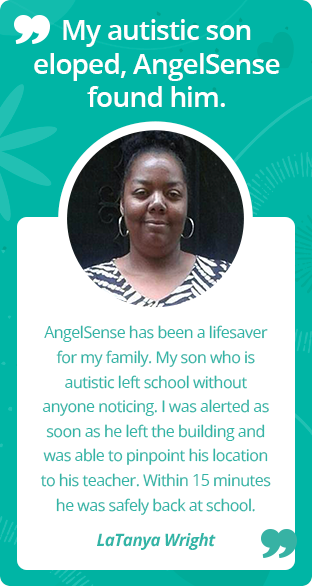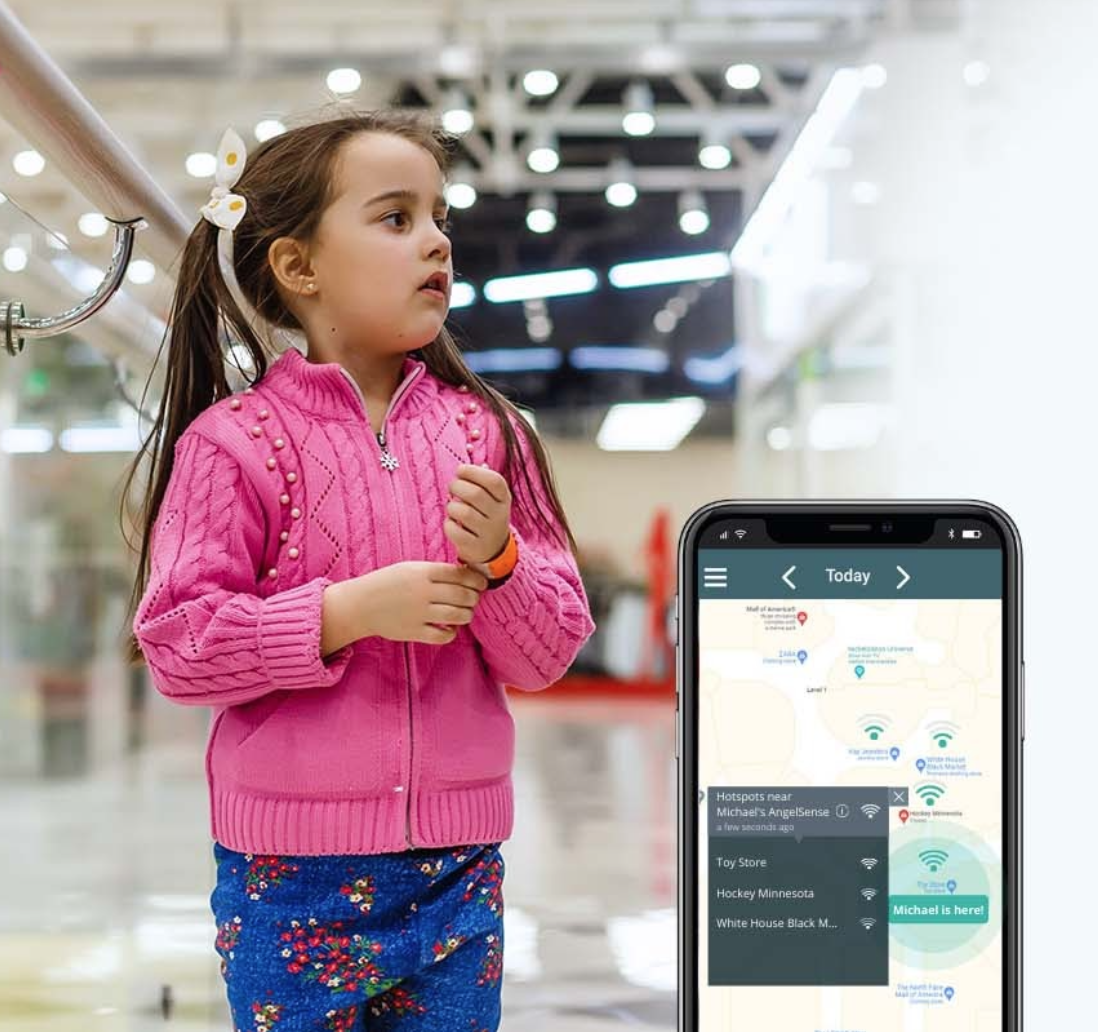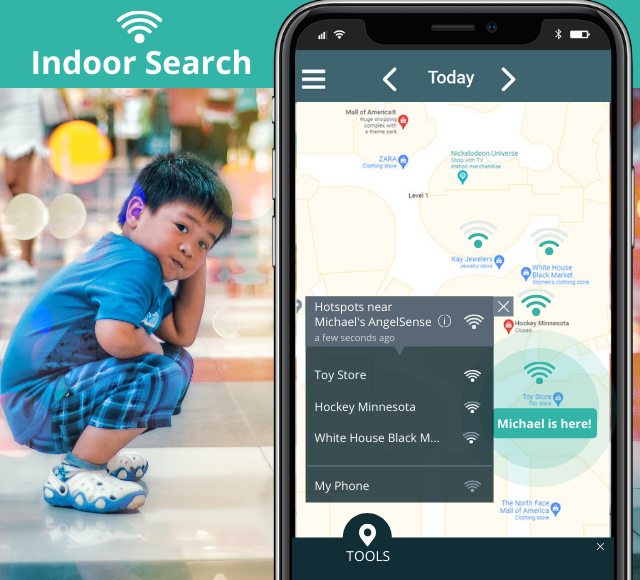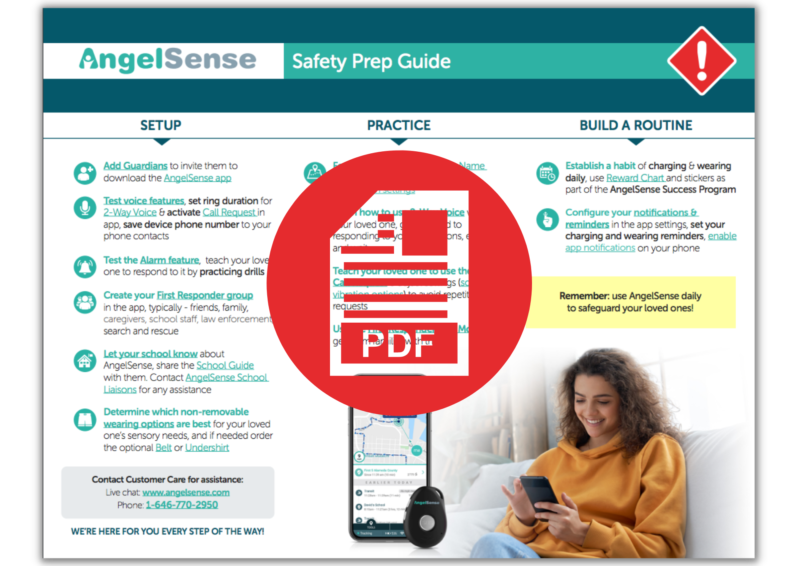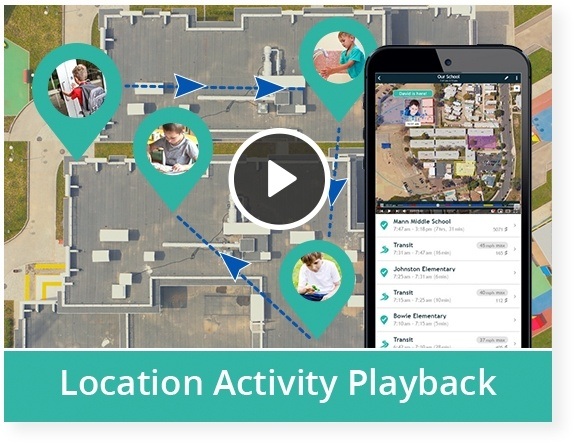Indoor Search (Wi-Fi Locator) detects and then shows the strongest Wi-Fi hotspots (including your mobile hotspot) around our loved one indoors. This feature was developed because GPS isn't accurate indoors since it requires line of sight with satellites and we needed to have different ways to overcome these GPS limitations and get additional hints to...
GO »Indoor Tracking
When indoors, GPS doesn’t work because it needs line of sight to satellites. In order to track someone indoors, AngelSense developed different features to overcome general GPS limitations:
- Track the entry point for an indoor location
- Check the log from their most recent transit to figure out their entrance point for an indoor location. Transits are updated every few seconds, so this information can give you the best starting point.
- 1-Way Voice
- 1-Way Voice lets you listen to their surroundings and get clues to their location, sometimes a voice or background sound can help with this.
- To pinpoint their location, you can call their name out loud and ask another caregiver to listen on the call. As you get closer your voice will sound louder.
- 2-Way Voice
- Use 2-Way Voice to call and immediately speak to your loved one because it has auto pickup on speakerphone. You can calm them down, ask them to stop and return, have them describe their surroundings (if they are able to do so) or you can speak to people around them that could help.
- Alarm
- The “Alarm” feature has a soft or loud volume setting and can be activated remotely. It turns off automatically after 2 minutes. Be prepared, teach your loved one to ‘stop’ when they hear the alarm sound.
- Indoor Search (Wi-Fi Locator)
- Activate “Indoor Search (Wi-Fi Locator)” to detect the strongest Wi-Fi hotspots around the device. Turn on your mobile hotspot to see your proximity as you get closer. The signal at the top of the list is the strongest. This feature can only be used with the new, smaller GPS4 device or AngelSense Watch.
Note: You are not connecting to these networks, only detecting their location relevant to the device.
Notes
